General Landscape Uses: Accent or specimen shrub. Informal hedges. Spiny barrier plantings.
Description: Large shrub or rarely a small tree. Trunks usually creeping along the ground but sometimes becoming erect, almost always branching and forming large patches. Leaves fan-shaped, stiff, with numerous sharp teeth on the stems (petiole), green or bluish-green.
Dimensions: About 4-6 feet in height; to 15 feet in the wild. Usually broader than tall.
Growth Rate: Very slow to slow.
Range: Southeastern United States south to the Monroe County Keys. Very rare in the upper Monroe County Keys and apparently very rare or absent in the middle Keys.
Habitats: Pinelands, scrub and coastal uplands.
Soils: Moist to dry or seasonally wet, well-drained to moderately well-drained sandy or limestone soils, with or without humusy top layer.
Nutritional Requirements: Low to moderate; it can grow in nutrient poor soils or soils with some organic content.
Salt Water Tolerance: Moderately low; does not tolerate long-term flooding by salt or brackish water, but tolerates short term inunation by salt water from storm surge with minimal damage.
Salt Wind Tolerance: Secondary line; tolerates significant salt wind without injury, but usually is somewhat protected.
Drought Tolerance: High; does not require any supplemental water once established.
Light Requirements: Full sun to light shade.
Flower Color: White or creamy white.
Flower Characteristics: Semi-showy when at peak. Fragrant.
Flowering Season: All year; peak in summer.
Fruit: Blue-black drupe. Summer-fall.
Wildlife and Ecology: Provides significant food and cover for wildlife. Larval host plant for monk skipper (Asbolis capucinus) and palmetto skipper (Euphyes arpa) butterflies. Nectar plant for Bartram’s scrub-hairstreak (Strymon acis), atala (Eumaes atala) and other pollinators. A variety of animals eat the fruits, including deer, bear and turkey.
Horticultural Notes: Can be grown from de-pulped seed. Scatter seeds on surface of soil and barely cover. Place container in light shade to full sun. Germination may take 6 weeks or more.
Comments: Plants with silverish foliage, most common along the coasts but also found in the interior, are sold as silver saw palmetto (Serenoa repens ‘Silver’ or ‘Cinerea’)



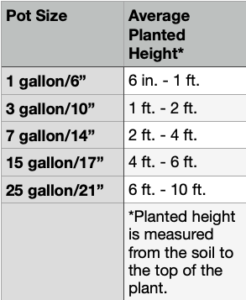
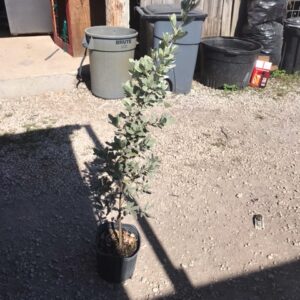
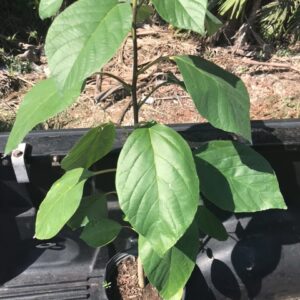
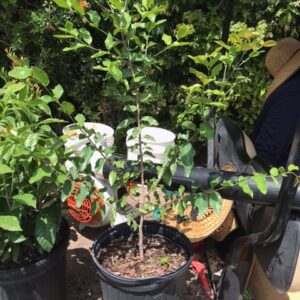
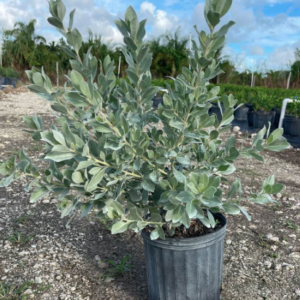

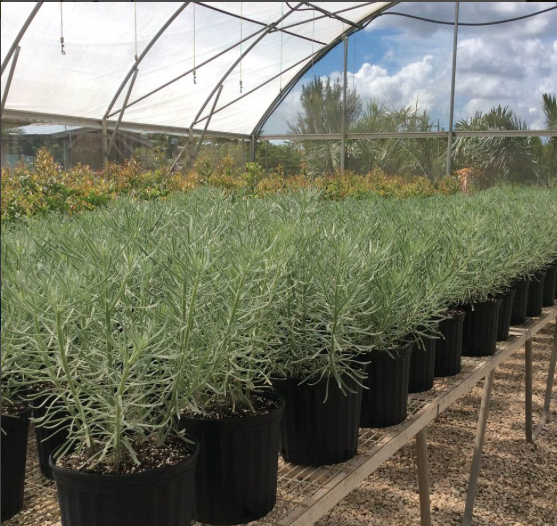
Christian Jo –
My silver saw palmetto came in exceptional shape. I will order again soon.
Alison Brown –
Megan came early in the morning, plants were beautiful and she installed them. I’m happy with the entire experience and I look forward to buying more plants from Smarty Plants Nursery!
Michael Beck –
Easy and a great experience. Have native plants that were hard to find. Thanks.
Jaques Samedy –
Great work as usual. Thank you.